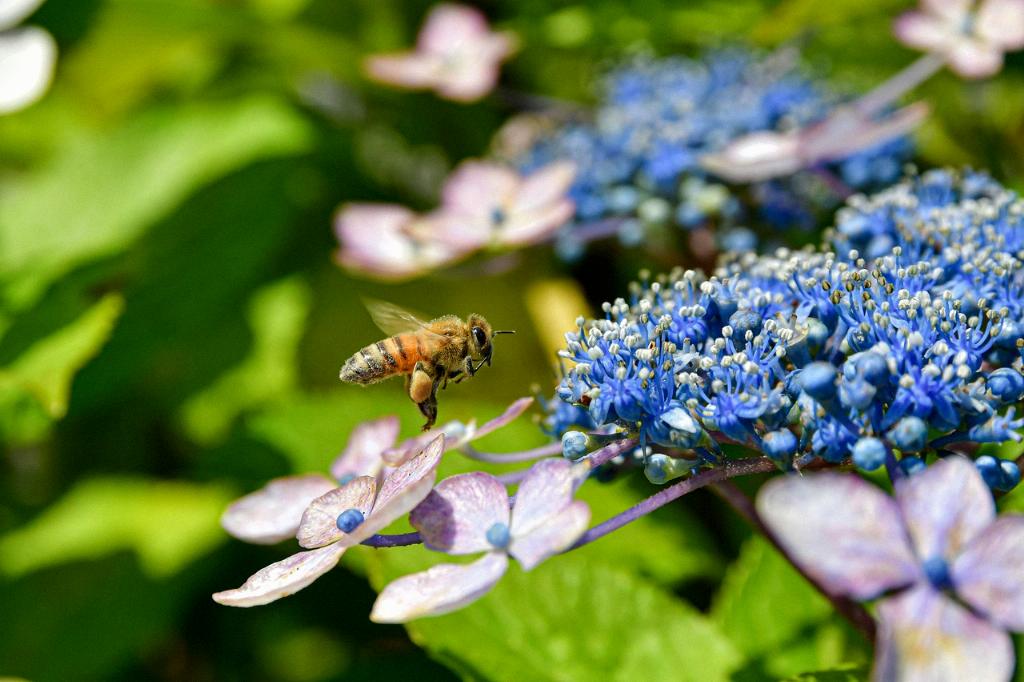Pruning a hydrangea, much like tending to any plant, requires a delicate balance of timing and technique. When it comes to hydrangeas, trimming should ideally be done immediately after flowering stops in the summer. It’s crucial to note that the window for pruning should not extend past August 1 to avoid cutting off new buds that will eventually develop into beautiful blooms.
Any attempt to prune your hydrangea in the fall, winter, or even early spring can have adverse effects on the plant’s growth and floral display. Therefore, it’s essential to adhere to the suggested timeline to ensure the health and vibrancy of your hydrangea shrub.
For those looking to enhance the attractiveness of their hydrangea plant, tip-pruning the branches as leaves emerge in the spring can be a beneficial strategy. This practice can help encourage the growth of multiple, smaller flower heads rather than a few large ones, resulting in a fuller and more striking floral arrangement.
Understanding the unique growth patterns and flowering cycles of hydrangeas can significantly impact the success of your pruning efforts. Hydrangeas flowers on old wood, meaning that the flower buds are set in the previous growing season. This characteristic underscores the importance of timing when it comes to pruning to avoid inadvertently cutting off potential blooms.
When approaching the task of pruning your hydrangea, it’s essential to equip yourself with the proper tools and knowledge. Sharp and clean pruning shears are crucial to ensure clean cuts that promote quick healing of the plant. Additionally, being mindful of the specific type of hydrangea you have can help tailor your pruning approach to best suit its individual needs.
Hydrangeas boast different varieties, each with its unique characteristics and pruning requirements. For instance, while some hydrangea types bloom on old wood, others bloom on new wood. Understanding your hydrangea’s blooming habits is key to determining the most effective pruning technique and schedule.
Before diving into the pruning process, take the time to observe your hydrangea and assess its current condition. Look for dead or damaged branches that need to be removed to promote overall plant health. Additionally, keep an eye out for any signs of disease or pest infestation that may require targeted pruning for containment.
Pruning a hydrangea can be a meditative and rewarding task when approached with care and consideration. By following the recommended guidelines and timing for pruning, you can cultivate a thriving and visually stunning hydrangea shrub that will bring joy and beauty to your outdoor space for years to come.
Remember that each hydrangea plant is unique, and what works well for one may not necessarily apply to another. Taking the time to understand your hydrangea’s specific needs and growth patterns will empower you to make informed pruning decisions that support its overall well-being and longevity.
Don’t be afraid to experiment and observe how your hydrangea responds to different pruning approaches over time. Gardening is a journey of discovery, and each interaction with your plants offers valuable insights that can inform and enhance your future care practices.
In conclusion, while the act of pruning a hydrangea may seem daunting at first, it is a rewarding endeavor that can lead to a healthier, more vibrant plant. By embracing the nuances of hydrangea care and taking the time to prune thoughtfully and with purpose, you can elevate the beauty of your garden and enjoy the delightful blooms of your hydrangea year after year.

